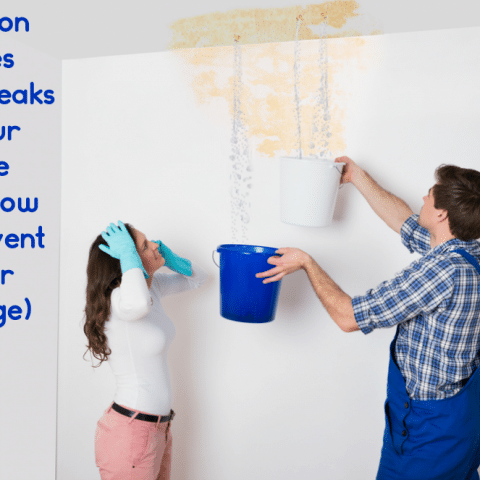How to Check If Your Home Has a Covert Leak
How to Check If Your Home Has a Covert Leak
Blog Article
This article which follows relating to Top leak detection hacks is extremely attention-grabbing. Check it out for yourself and see what you think about it.

The minute you discover a leak, calling your plumber for repair work is the very best option. Nonetheless, some little water leakages might not show up. Below are some hacks that help if you can not spot it with your nude eyes.
Early detection of dripping water lines can alleviate a possible catastrophe. In addition to saving you cash, it will certainly reduce the stress and irritation.
Inspect Water Intake
If you find unexpected changes, regardless of your consumption being the exact same, it indicates that you have leakages in your plumbing system. An unexpected spike in your expense indicates a fast-moving leakage.
Meanwhile, a steady rise every month, despite the same routines, reveals you have a sluggish leakage that's also gradually escalating. Call a plumber to extensively check your property, especially if you feel a cozy location on your floor with piping below.
Analyze the scenario and examine
House owners need to make it a behavior to examine under the sink counters and even inside cabinets for any kind of bad odor or mold and mildew growth. These two red flags indicate a leakage so prompt focus is needed. Doing routine evaluations, even bi-annually, can conserve you from a major problem.
Check Out the Water Meter
Every home has a water meter. Checking it is a surefire way that helps you discover leakages. For starters, switch off all the water sources. Make certain nobody will certainly purge, use the tap, shower, run the cleaning machine or dish washer. From there, most likely to the meter and watch if it will change. Considering that nobody is using it, there must be no activities. That shows a fast-moving leakage if it relocates. Likewise, if you find no changes, wait an hour or more and also inspect back again. This suggests you may have a sluggish leak that could even be below ground.
Asses Exterior Lines
Don't neglect to examine your outside water lines also. Test faucets by connecting a yard hose. Should water permeate out of the connection, you have a loose rubber gasket. Change this as well as ensure all links are limited. It will certainly help get it skillfully checked out and also kept every year if you've obtained a lawn sprinkler system. One little leak can waste tons of water and increase your water bill.
Do a Food Coloring Test
When it involves water intake, 30% comes from bathrooms. Test to see if they are running correctly. Decrease specks of food color in the container and also wait 10 minutes. There's a leak between the tank and also dish if the color somehow infiltrates your bowl throughout that time without flushing.
Examine for discolorations and also weakening as a lot of pipelines and also home appliances have a life expectancy. If you suspect leaking water lines in your plumbing system, don't wait for it to intensify.
The minute you find a leakage, calling your plumber for repairs is the best service. Some tiny water leakages may not be visible. Checking it is a surefire way that helps you discover leakages. One little leak can squander lots of water and surge your water expense.
If you think leaking water lines in your plumbing system, don't wait for it to escalate.
WARNING SIGNS OF WATER LEAKAGE BEHIND THE WALL
PERSISTENT MUSTY ODORS
As water slowly drips from a leaky pipe inside the wall, flooring and sheetrock stay damp and develop an odor similar to wet cardboard. It generates a musty smell that can help you find hidden leaks.
MOLD IN UNUSUAL AREAS
Mold usually grows in wet areas like kitchens, baths and laundry rooms. If you spot the stuff on walls or baseboards in other rooms of the house, it’s a good indicator of undetected water leaks.
STAINS THAT GROW
When mold thrives around a leaky pipe, it sometimes takes hold on the inside surface of the affected wall. A growing stain on otherwise clean sheetrock is often your sign of a hidden plumbing problem.
PEELING OR BUBBLING WALLPAPER / PAINT
This clue is easy to miss in rooms that don’t get much use. When you see wallpaper separating along seams or paint bubbling or flaking off the wall, blame sheetrock that stays wet because of an undetected leak.
BUCKLED CEILINGS AND STAINED FLOORS
If ceilings or floors in bathrooms, kitchens or laundry areas develop structural problems, don’t rule out constant damp inside the walls. Wet sheetrock can affect adjacent framing, flooring and ceilings.
https://www.servicemasterbyzaba.com/blog/how-to-detect-water-leakage-in-walls/

I found that write up about Hacks to detect leaks when exploring the web. In case you enjoyed reading our blog entry please do not forget to pass it around. Thanks for going through it.
Report this page